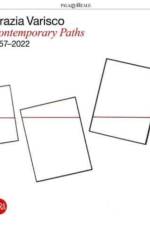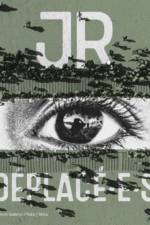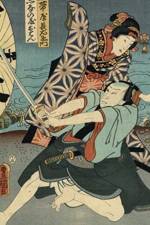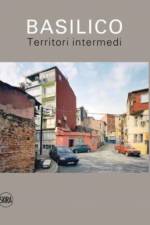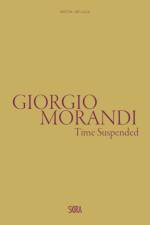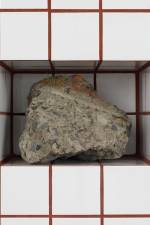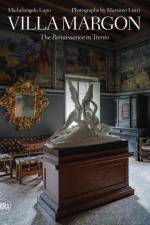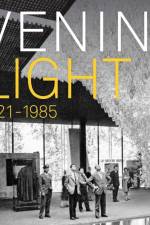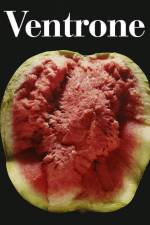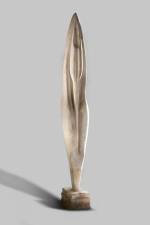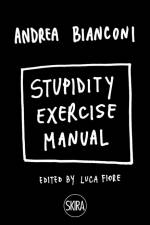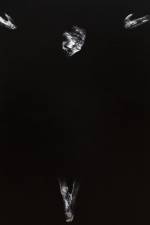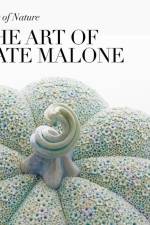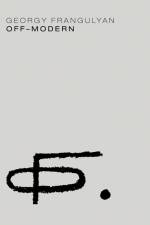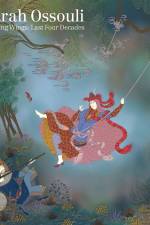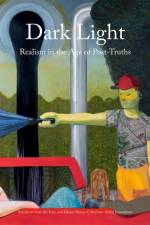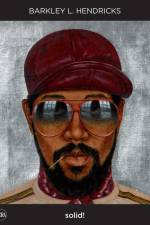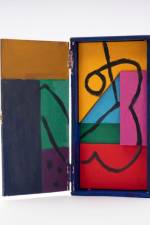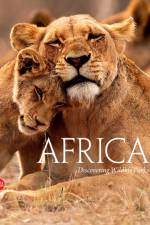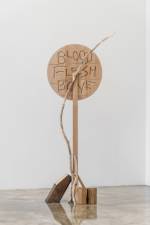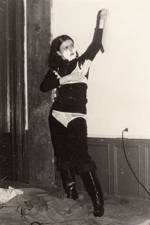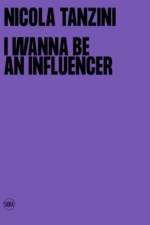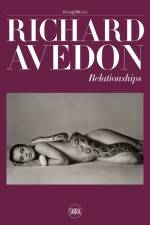397
The Fondazione Henraux collection is dedicated to modern and contemporary art, featuring works by Italian and international artists of the calibre of Henry Moore, Jean (Hans) Arp, Isamu Noguchi, Joan Miró and many others. The original core of works was created in the 50s and 60s when Henraux decided, thanks to the insight of the administrator at the time, Erminio Cidonio, to focus on non-figurative statuary. In that process, she forged a close collaboration with the English sculptor Henry Moore, which gave rise to a highly-respected centre for contemporary sculpture. In only a few years, the company's factories began projects with artists such as Henri Georges Adam, Jean (Hans) Arp, Emile Gilioli, Georges Vantongerloo, Pablo Serrano, Joan Mirò, Alicia Penalba, François Stahly, Costantino Nivola, Isamu Noguchi, Maria Papa, Pietro Cascella and Giò Pomodoro. The collection was comprised of a number of large and medium format works some of which, once Cidonio was no longer administrator, were taken over by the Banca Commerciale Italiana, owner of the company. Since 2011, with the establishment of the Foundation, the collection has been steadily enriched by new acquisitions, activities associated with the Premio Henraux and initiatives to support artists and institutions with which the Foundation collaborates. There is also a plan to create an exhibition space and a museum of the business that displays the collection and documents the history of the company, from its founding in 1821 up to today, through the events and major works created in Italy and abroad over the course of nearly two centuries. Currently an industry leader for the extraction and processing of marble products, Henraux began in 1821 when Marco Borrini of Seravezza purchased part of the marble field on Monte Altissimo (a site explored around 1518 by Michelangelo) and founded a company to re-open and exploit the quarries with the French Jean Baptiste Alexandre Henraux. The company enjoyed an extraordinary, rapid success, receiving numerous prestigious orders, including one in 1845 from the Tzar of Russia for the St Petersburg Cathedral, another between 1945 and 1962 for the grand reconstruction of the Abbey of Montecassino and, beginning in the 60s, the fruitful, long-lasting relationship with the famous sculptor Henry Moore.


